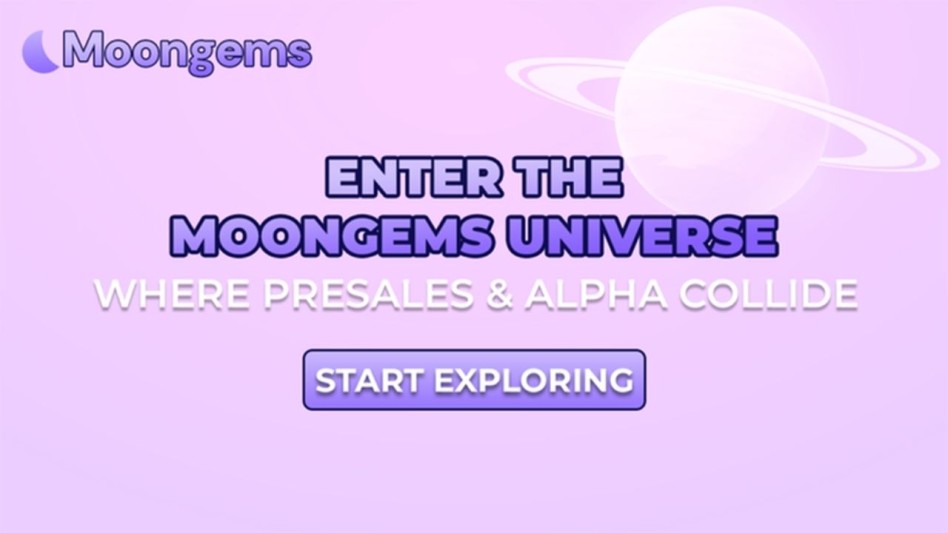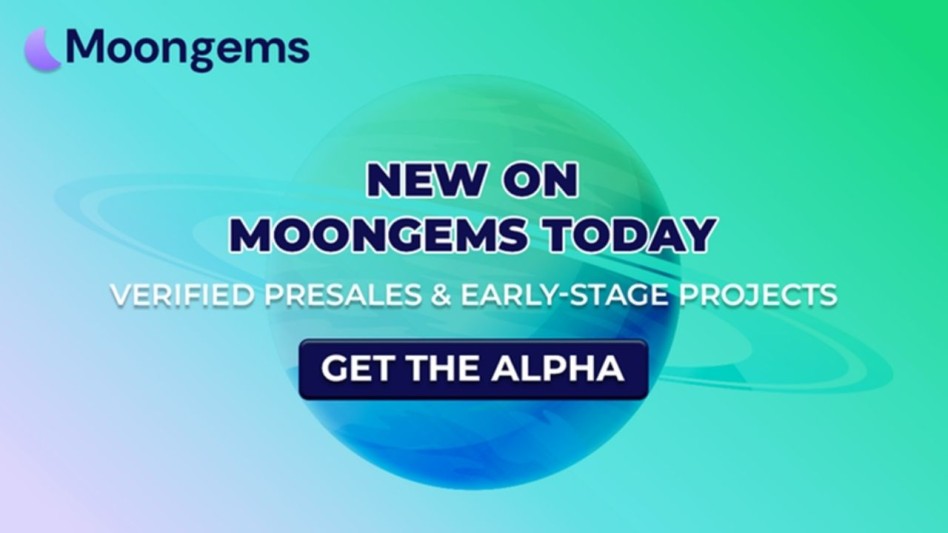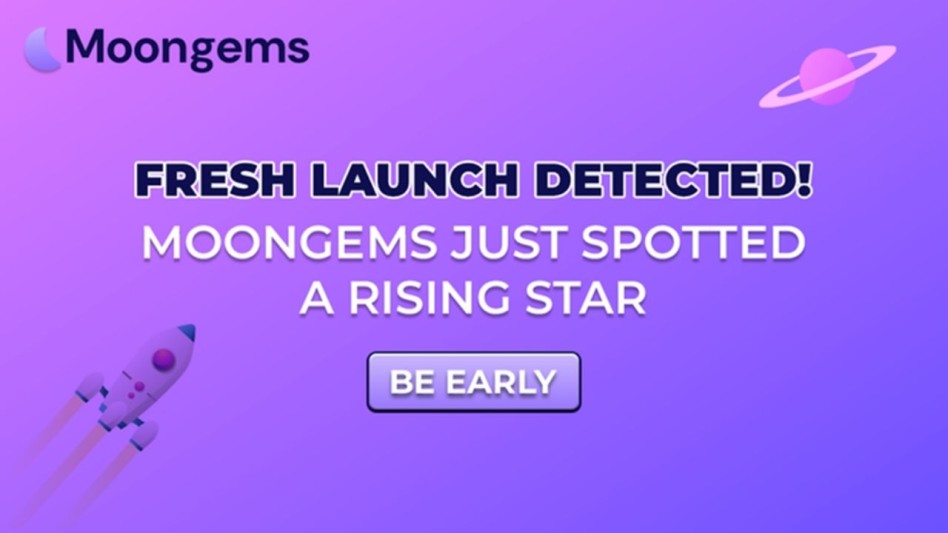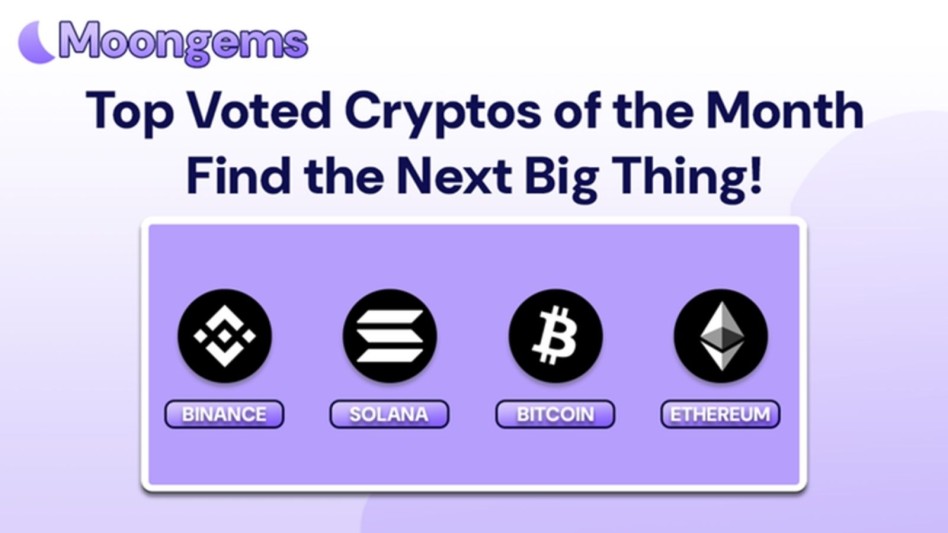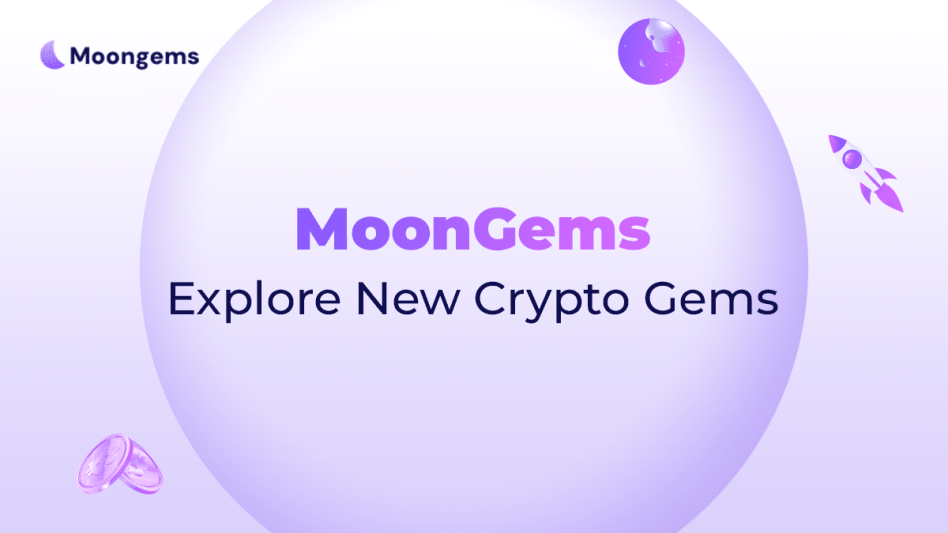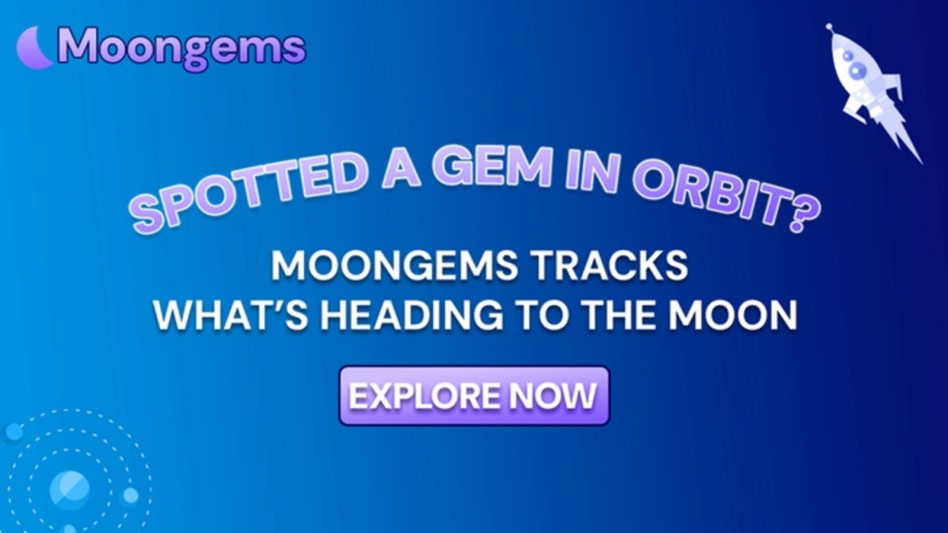Author: Jawad Hussain – Crypto Analyst & Web3 Researcher | 9+ years tracking presales, IDOs, and token launches. Follow him on Twitter and LinkedIn.
In early-stage crypto investing, numbers don’t always tell the whole story. Before tokenomics, audits, or even product demos, communities start to form — and they often hold the first clues to whether a project is destined for greatness or disaster. That’s why learning to interpret social signals across platforms like Telegram, Discord, and Twitter is vital for crypto presale investors in 2025.
This article explains how to separate real community traction from manufactured hype and how to use social channels as part of your due diligence process without getting lost in the noise.
Why Social Signals Matter in Presale Investing
In presale environments, most of the traditional valuation metrics—active users, product-market fit, and real-world adoption—don’t exist yet. What does exist, however, is human behavior. Early adopters, influencers, and even skeptics are already engaging with the project. Their activity reveals patterns that, when observed carefully, offer valuable insight into the legitimacy and trajectory of a token before it launches.
Projects that ultimately succeed often show signs of authentic community activity long before utility is realized. Conversely, scammy or hollow projects tend to manufacture excitement through paid shills, bots, or vanity metrics. The difference is subtle, but measurable. Below are five social signal categories to help you navigate the chaos.
1. Telegram Behavior: Engagement Over Emoticons
Telegram remains one of the most widely used platforms for crypto communities. But a large member count alone means very little. What matters is the quality and nature of engagement inside the group.
Start by observing how questions are handled. In a legitimate project, admins respond clearly, respectfully, and promptly. Community members answer each other, share helpful resources, and debate features or roadmap items. These are all signs of an engaged, informed group that understands the mission of the project.
In contrast, vapor or low-quality projects often use heavy moderation to silence criticism. You may find that every few minutes, moderators repeat the same pre-written marketing lines. Any questions about tokenomics, team backgrounds, or development status are deleted or ignored. The chat may be filled with emojis, GIF spam, or generic “WAGMI” posts — but little substantive discussion. This is often a sign that the project is simulating activity, not building it.
To evaluate a project’s Telegram group effectively, spend at least 30–60 minutes watching the interaction. Are questions being asked? Are they being answered? Are members contributing more than just hype? The answers will reveal whether you're entering a real ecosystem — or a choreographed illusion.
2. Discord Structure: Organization Reflects Seriousness
While Telegram is good for fast-paced conversation, Discord offers more structural insight into a project’s community and development flow. Legitimate projects use Discord not just for announcements, but to facilitate workstreams, developer discussion, governance, and community-driven events.
Look for multiple channels that serve specific purposes: developer updates, staking guides, bug reporting, language-specific chats, DAO voting, and help desks. This kind of channel segmentation reflects planning and user-centric thinking. It also shows that the project anticipates scale and is preparing its infrastructure accordingly.
On the flip side, Discords with only two channels — #general and #announcements — signal minimal investment in community support. If most of the activity consists of giveaways, memes, or “invite contests,” that’s not traction — it’s bait. Vapor projects use Discord to look active; real projects use it to build operations.
Also, pay attention to the moderation team. Are moderators bots, anonymous users, or visibly present team members? Does the Discord include community managers or project contributors with identifiable roles? If not, that’s a red flag. You should feel like you're in a live workspace, not a ghost town with loud wallpaper.
3. Twitter Activity: Organic Growth vs Paid Hype
Twitter (now X) is where narratives are shaped, trends are tracked, and opinions are won or lost. That makes it one of the most manipulated platforms in crypto, but also one of the most revealing — if you know what to look for.
First, don’t be fooled by large follower counts. Many presale projects buy followers or run massive giveaway campaigns to inflate numbers. Focus instead on engagement quality. Are people replying with real questions, insights, and critiques? Are quote tweets discussing the project intelligently? Or is the timeline flooded with low-effort replies like “Great project! 🚀🔥” from accounts with 10 followers?
Next, examine the project’s own tweets. Do they explain roadmap updates, show screenshots of development, or post AMAs with founders? Or are they limited to countdowns and influencer retweets? An informative, transparent feed shows that the team values communication. A purely promotional feed often means there’s nothing real to share.
Also, check who is talking about the project. Are credible influencers engaging organically, or are all mentions coming from small accounts promoting three other tokens that same day? Real interest from thoughtful crypto voices is a much stronger indicator than vanity metrics or bots.
4. Community Sentiment: Is There Room for Criticism?
The healthiest crypto communities allow—and even encourage—critical discussion. Whether someone questions the roadmap, debates the fairness of tokenomics, or asks about vesting schedules, critical dialogue is a trust signal.
Projects that censor every bit of skepticism are doing so for a reason. While it’s fair for moderators to keep things civil, deletion of honest questions or banning of critical voices indicates fragility. It means the narrative is too weak to withstand pressure.
On the contrary, communities that engage with criticism, provide counterarguments, or even make adjustments based on feedback show resilience and maturity. You can often learn more from how a community handles its critics than from its fans.
This applies across platforms — Telegram, Discord, and Twitter. Check if dissenting voices exist. Are there disagreements? Debates? Open discussions about risks? If so, you’ve likely found a real community built on ideas, not just hype.
5. Team Visibility: Are They Showing Up?
Finally, no matter how strong the community looks, it means little if the team is invisible. Founders and developers don’t need to be public figures, but they do need to be accessible and accountable.
Look for Twitter Spaces, Discord AMAs, Telegram voice chats, or YouTube interviews where team members speak openly about the project. Check if the founder has a LinkedIn profile, GitHub presence, or history with previous Web3 projects. Even pseudonymous teams should have some form of sustained public engagement.
A team that never shows up, speaks, and hides behind moderators often avoids accountability. Worse, some fake teams script their engagement — using AI avatars, synthetic voices, or recycled scripts. You should be able to verify the team’s consistency and presence over time.
A real project has real people, visible leadership, and verifiable behavior. In presales, where the product may not yet exist, team visibility is your strongest proxy for trust.
How MoonGems Helps Decode Social Signals
While human observation is key, platforms like MoonGems help structure your findings with data-backed clarity. MoonGems doesn’t just track tokenomics and presale timelines, and monitors social traction across platforms to highlight real momentum versus manufactured buzz.
You can use MoonGems to:
- View verified social stats across Telegram, Discord, and Twitter
- Identify projects with suspicious follower spikes or bot activity
- Track team engagement patterns and community sentiment over time
- Benchmark projects based on both technical and social signals
- Filter presales by community health and transparency metrics
This makes MoonGems an essential companion for investors who don’t just want the hype — they want to see the reality behind the crowd noise.
Conclusion
The community is the first product in any crypto project's early stages. It reflects intent, execution, and trustworthiness long before the code hits the mainnet. Social signal scanning isn’t about being paranoid—it’s about being precise. When used correctly, platforms like Telegram, Discord, and Twitter become powerful vetting tools that reveal whether a project is organic or orchestrated, credible or counterfeit.
Combine that insight with hard metrics from MoonGems, and you’ll be equipped to see beyond the slogans, ignore the bots, and invest based on truth, not noise.
Frequently Asked Questions (FAQs)
- Why are social signals important in presale investing?
Utility doesn't exist yet in early-stage projects, so community behavior offers early clues about project legitimacy and momentum. - What makes a Telegram group trustworthy?
Look for active moderation, transparent responses to tough questions, and consistent engagement from the broader community — not just bots or moderators. - How can I verify if a Twitter following is real?
Check engagement quality, follower authenticity, and whether known influencers are engaging meaningfully — not just promoting. - Should I trust projects that delete criticism?
Generally, no. Censorship of honest questions is often a red flag. Real projects embrace scrutiny and open dialogue. - How can MoonGems.io help with social signal scanning?
MoonGems tracks community growth, influencer engagement, and historical social patterns so you can compare hype with hard data.
Glossary of Key Terms
Social Signals – Observable community behavior that reflects interest, credibility, and project engagement.
Telegram – A popular messaging platform used by crypto communities.
Discord – A community-focused platform used for project coordination and communication.
Twitter/X – A social network where crypto narratives and project news often emerge.
Bot Activity – Automated accounts used to simulate engagement or inflate follower counts.
AMAs – "Ask Me Anything" sessions, often hosted by project founders in chat or voice form.
MoonGems.io – A platform that evaluates early-stage crypto projects with data and social metrics.
Engagement Quality – A measure of meaningful social interaction versus superficial activity.
Community Sentiment – The tone and emotion behind social conversation about a project.
Pseudonymous Founders – Founders who use aliases but maintain public presence and credibility.
Disclaimer
This content is for informational purposes only and does not constitute financial advice. Investing in early-stage crypto projects carries risk, including total loss of capital. Always do your own research (DYOR) before participating in any presale or token offering.



